New to B2B email marketing campaigns? You’ve come to the right place. Nobody is a pro at knowing all things B2B email marketing right away, and likely if you’re reading this blog it’s because you need a little help understanding it all. And that’s okay. Whether you’re just starting or looking to refine your approach, this guide will walk you through the essentials of effective B2B email marketing. Without further ado, let’s get started on your journey to B2B email marketing success.
What is B2B Email Marketing?
The first stop on the journey is going over what B2B email marketing is. Put simply, B2B email marketing is the process of sending email campaigns to businesses rather than individual consumers. Simple concept right? Well, that’s the bare bones to help you understand what it is, now, let’s dive deeper.
B2B email marketing is more than just promoting products. It’s about building and maintaining relationships with key decision-makers within companies. The goal? To establish trust and credibility, positioning your brand as a reliable partner that provides value over the long term.
B2B email marketing is a critical tool for driving growth and sustaining client relationships.
What’s the Difference Between B2B and B2C Email Marketing?
Now that we’ve covered what B2B email marketing is, you might be wondering how it differs from B2C (Business-to-Consumer) marketing. While both types of marketing share common principles, they cater to different audiences and have unique approaches. Let’s examine how they differ in terms of audience and messaging,
Audience and Messaging
B2B Email Marketing
In B2B email marketing, your audience consists of businesses and professionals. The messaging is typically more formal, focusing on providing value, solving business challenges, and helping the recipients make informed decisions. Emails often include detailed content, such as whitepapers, case studies, and industry insights, designed to educate and build trust over time.
B2C Email Marketing
B2C email marketing targets individual consumers, often focusing on creating an emotional connection and driving quick actions, like making a purchase. The tone is usually more casual and persuasive, with emails featuring promotions, discounts, product recommendations, and engaging visuals to encourage immediate response.

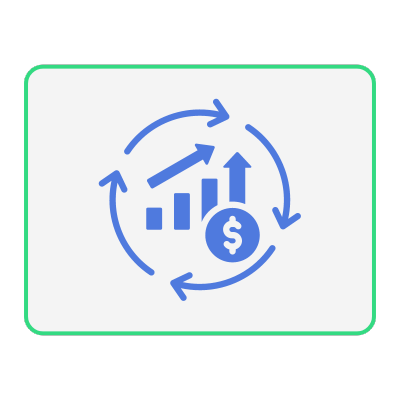
Sales Cycle
B2B Email Marketing
The B2B sales cycle is longer and more complex. Emails are part of a broader strategy to nurture leads through multiple stages of the buying process. This often involves a series of touchpoints that gradually move prospects toward a decision, requiring detailed content and personalized communication.
B2C Email Marketing
B2C email marketing typically deals with a shorter sales cycle, where the goal is to inspire quick conversions. The focus is on creating urgency with limited-time offers or seasonal promotions, often aiming for immediate results.
Content Strategy
B2B Email Marketing
Content in B2B emails is often educational and geared towards providing actionable insights. It’s common to see in-depth articles, industry reports, and webinars shared through email campaigns, all designed to help recipients make informed business decisions. The content needs to resonate with various stakeholders within a business, each of whom may have different priorities.
B2C Email Marketing
The content in B2C emails is generally more visual and concise, focusing on products, services, and brand experiences. Emails might include product showcases, customer testimonials, or lifestyle imagery to appeal to the consumer’s desires and preferences. The goal is to create a personal connection and encourage immediate action.
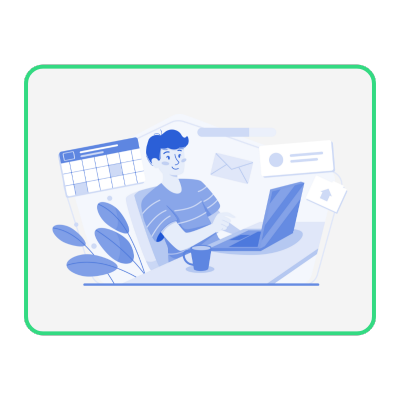

Personalization
B2B Email Marketing
Personalization in B2B email marketing goes beyond using the recipient’s name. It involves tailoring content based on the recipient’s company, industry, job role, and specific business needs. This level of personalization helps in addressing the unique challenges that each business faces, making your emails more relevant and impactful.
B2C Email Marketing
While B2C emails also use personalization, it’s often centered around consumer behavior, such as past purchases, browsing history, or demographic information. The aim is to offer personalized product recommendations or promotions that match the individual’s preferences.
Metrics and Success Measurement
B2B Email Marketing
Success in B2B email marketing is often measured by metrics such as lead generation, engagement rates, and the nurturing of long-term relationships. Key performance indicators might include open rates, click-through rates, and the effectiveness of follow-up sequences in moving leads down the sales funnel.
B2C Email Marketing
In B2C, the focus is more on immediate conversions and revenue generation. Success metrics include sales conversion rates, average order value, and the impact of email campaigns on overall customer lifetime value. The effectiveness of promotions and the frequency of repeat purchases are also critical metrics.

As you can see, while the tasks in B2B and B2C email marketing may be similar, the strategies are not. B2B will require a bit more homework and effort to get similar results. It requires a much more thoughtful and nuanced approach, focusing on building long-term relationships, providing value through educational content, and navigating longer sales cycles. So, while B2B email marketing may be a complex field to maneuver, it’s an essential tool for driving sustainable business growth.
Building Your B2B Email Marketing Campaigns: A Step-by-Step Guide
Starting with B2B email marketing can seem daunting, but with a clear plan, you can set yourself up for success. Here are the 5 steps you need to start building your B2B email marketing campaigns.
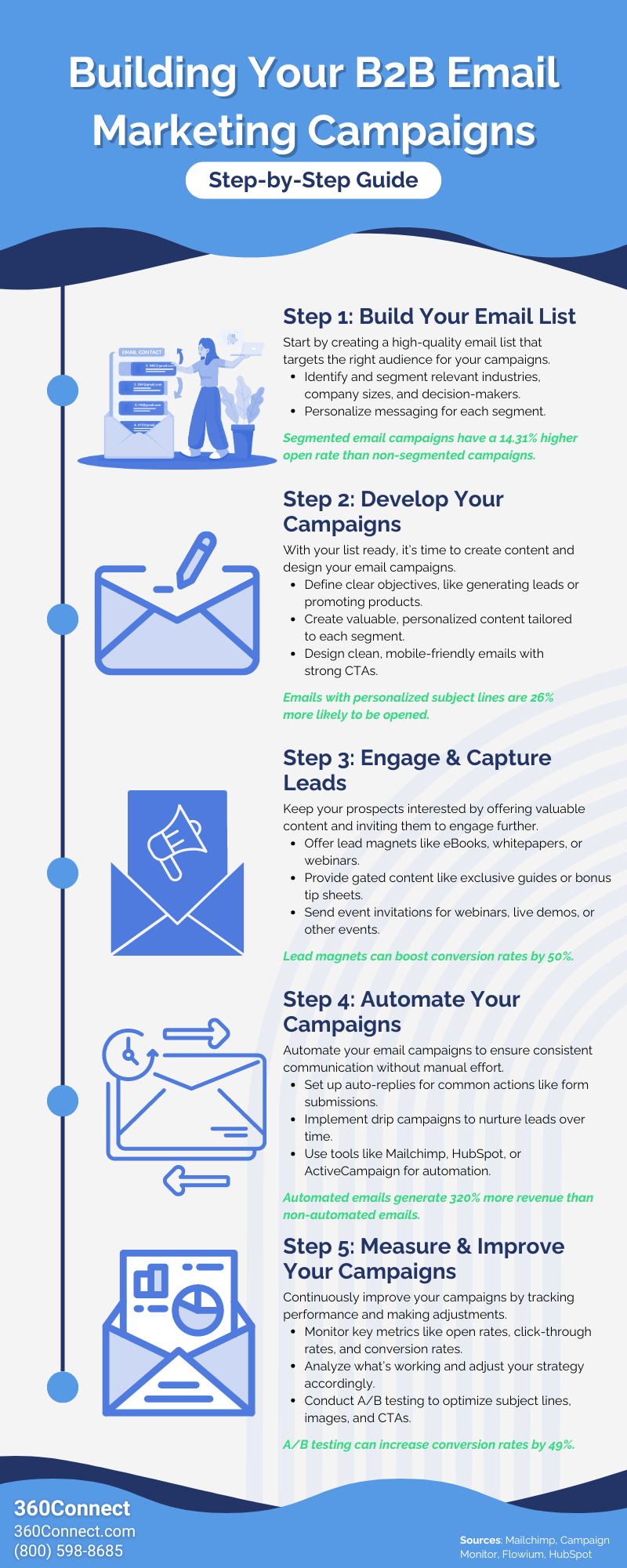
Step 1: Build Your Email List
A good B2B email marketing campaign is only as strong as the list you build. It’s not about how many contacts you have, but how well those contacts align with your target audience. Focus on quality over quantity by identifying and segmenting the right businesses and decision-makers who can benefit from your offerings.
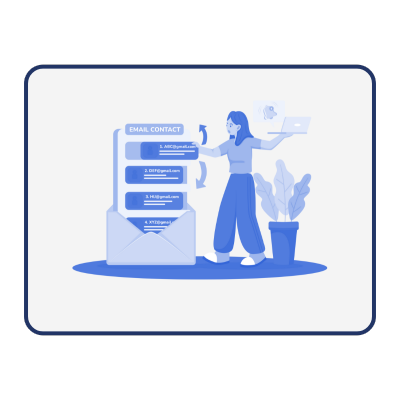
Target Audience
In B2B, your audience isn’t just a single individual; it often includes multiple decision-makers within a company, such as executives, managers, and office managers. These individuals will likely have specific roles and responsibilities, meaning they will each have different needs and challenges that your emails should address.
Start by identifying the industries that are most relevant to your product or service. Consider factors like company size, location, and market segment. From there, drill down to the specific roles within those companies. For example, if you’re selling software solutions, you might target IT managers, CFOs, and operations directors, each with tailored messaging that speaks to their unique concerns.
By thoroughly understanding your target audience, you can create highly relevant and personalized content that not only captures their attention but also addresses their pain points, leading to more effective and engaging B2B email marketing campaigns.
Segmented email campaigns have a 14.31% higher open rate than non-segmented campaigns.
Step 2: Develop Your Campaigns
Once you’ve built your list, it’s time to start developing your email campaigns. This step is all about planning and execution to ensure your emails deliver the right message at the right time.
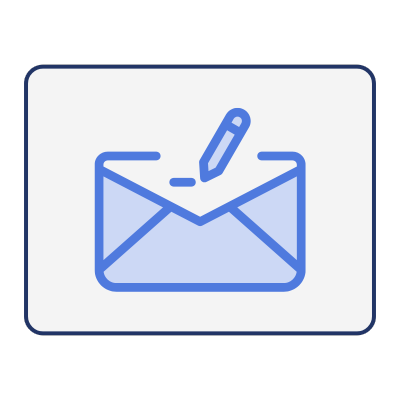
Goal Setting
Define what you want to achieve with your email campaign. Are you looking to generate new leads, nurture existing ones, or promote a specific product? Setting clear goals helps you stay focused and measure your success later.
Content Creation
Your content should be valuable and relevant to your audience. Focus on solving their problems, providing insights, or offering something they need. Make sure your emails are personalized to each segment of your audience. Don’t forget to include a strong call-to-action (CTA) that guides your readers on what to do next, whether it’s downloading a resource, scheduling a call, or signing up for a webinar.
Emails with personalized subject lines are 26% more likely to be opened.
Design and Layout
A well-designed email makes your content easier to read and more engaging. Keep your design clean and professional, with a clear structure and plenty of white space. Make sure your emails are optimized for both desktop and mobile devices. Test different design elements (like subject lines, images, and CTAs) to see what works best for your audience.
Step 3: Engage and Capture Leads
Now that you have the framework for a good campaign, you can implement the following to ensure you keep leads interested and encourage them to take action. Here’s how:
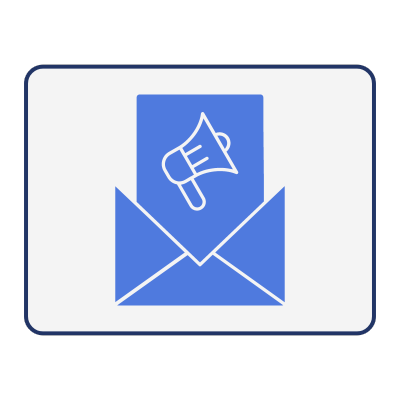
Lead Magnets and Offers
Share valuable content like eBooks, whitepapers, or webinars in your emails. These resources should help solve a problem or provide useful information that makes your audience want to learn more.
Lead magnets can boost conversion rates by 50%.
Gated Content
Offer something extra within your emails, like an exclusive guide or a bonus tip sheet. This keeps your subscribers engaged and encourages them to take the next step.
Event Invitations
Invite your audience to join webinars, live demos, or other events. This gives them a chance to interact with you directly and learn more about how your product or service can help them.
Step 4: Automate Your B2B Email Marketing Campaigns
You’ve got the list, and a great engaging campaign, all that’s left to do is automate the process. Marketing automation is key to keeping your B2B email marketing campaigns running smoothly without requiring constant manual effort. By setting up automated processes, you can ensure consistent communication and timely follow-ups.
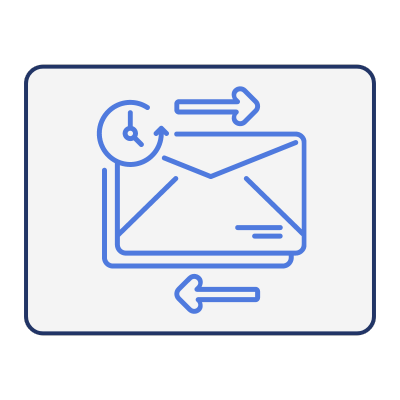
Auto-Replies
Set up automated responses for common actions, such as form submissions or inquiries. This way, when someone engages with your content, they receive an immediate acknowledgment and further instructions or resources.
Automated emails generate 320% more revenue than non-automated emails.
Drip Campaigns
Implement automated drip campaigns that send a series of emails over time. This could include a welcome sequence for new subscribers or a nurturing sequence that gradually provides more value and information to leads as they move through the sales funnel.
Tools to Use
Choose an email marketing platform that offers robust automation features, such as Mailchimp, HubSpot, or ActiveCampaign. These tools help you schedule emails, segment your audience, and track your campaigns’ performance—all in one place.
Step 5: Measure and Improve Your Campaigns
So, you’ve got all the strategies to execute a B2B email marketing campaign. Awesome, you’re done! Well…not quite. To ensure your B2B email marketing campaigns are effective, you need to regularly review your performance and make adjustments. This step is about understanding what’s working, what’s not, and how you can improve over time.
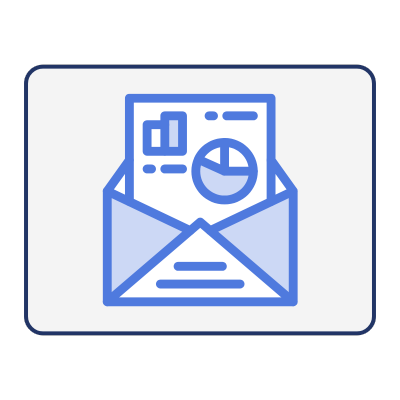
Track Key Metrics
Monitor important metrics like open rates, click-through rates, and conversion rates. These numbers will tell you how well your emails are performing and where you might need to make changes.
Analyze and Adjust
Look at the data to see which emails are getting the best results and why. Is it the subject line, the content, or the timing? Use this information to tweak your future campaigns and improve your results.
A/B Testing
A/B testing allows you to experiment with different versions of your emails. Test different subject lines, images, or CTAs to see what resonates best with your audience. Use the insights from these tests to refine your campaigns and drive better results.
A/B testing can increase conversion rates by 49%. (HubSpot)
Final Thoughts on B2B Email Marketing Campaigns
Well, there you have it! B2B email marketing might seem like a lot to take in, but with the right approach, it can be a game-changer for your business. From building a solid email list to creating engaging campaigns, automating your processes, and continuously optimizing your strategy, you’re now equipped with the essentials to make your email marketing efforts a success. Remember, it’s all about connecting with your audience, providing value, and building those long-term relationships that lead to growth.
Get Quality Leads Today
Are you interested in growing your business? At 360Connect, we connect suppliers like you with high-quality buyers actively seeking the products/services you offer—DAILY. Don’t miss out on the opportunity to expand your reach and boost your sales. Join 360Connect now and start connecting with the right buyers for your business.

